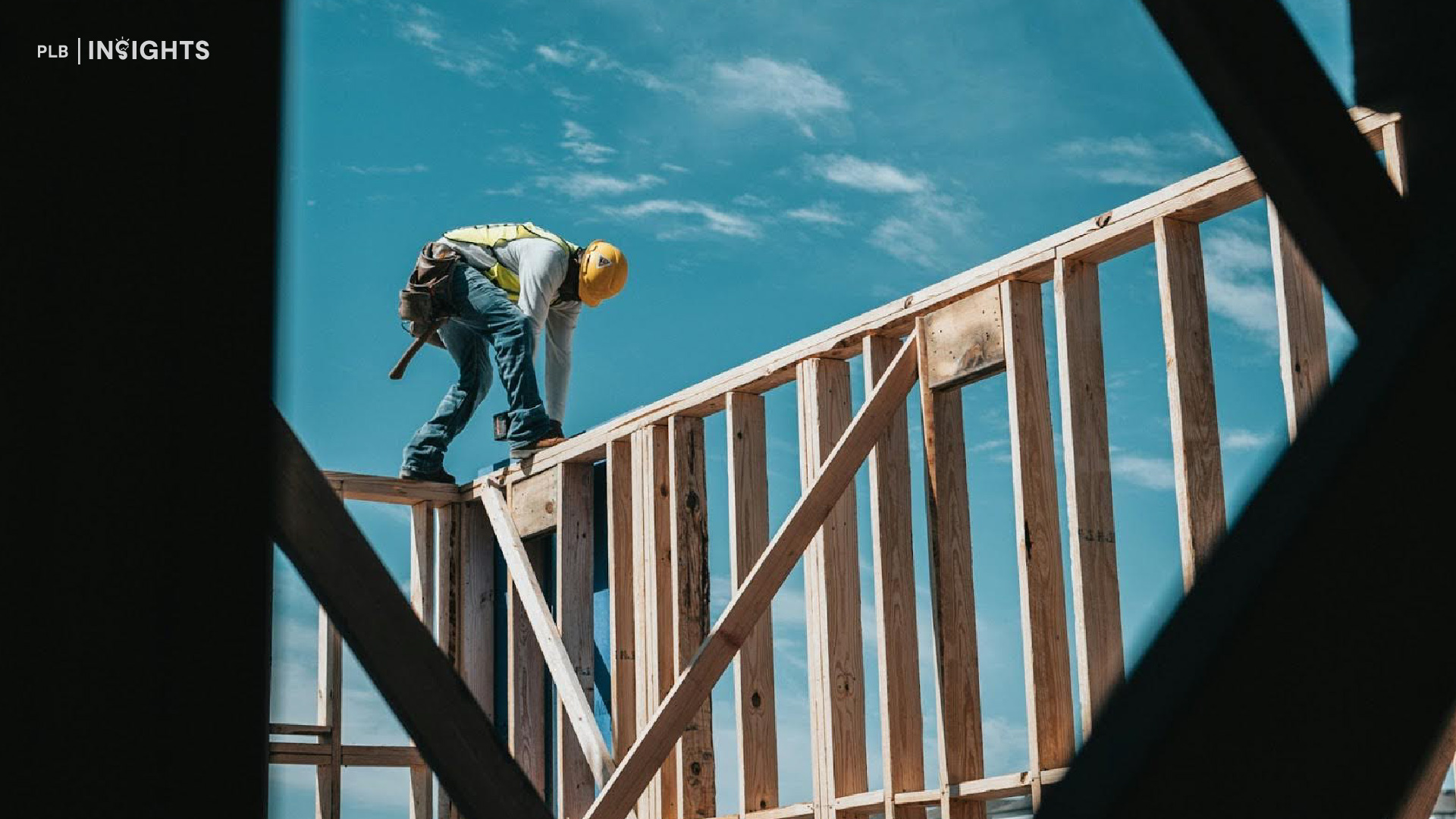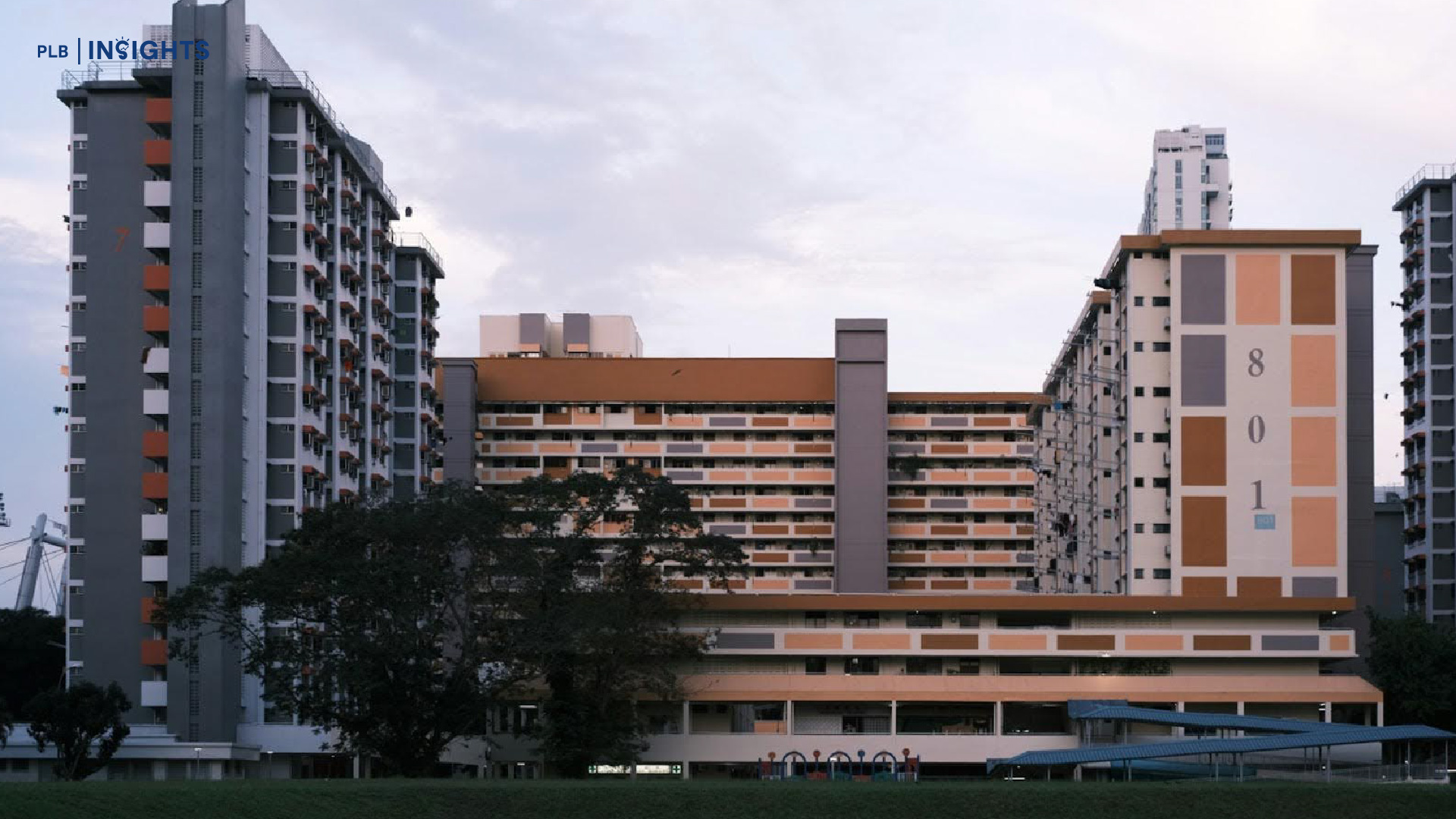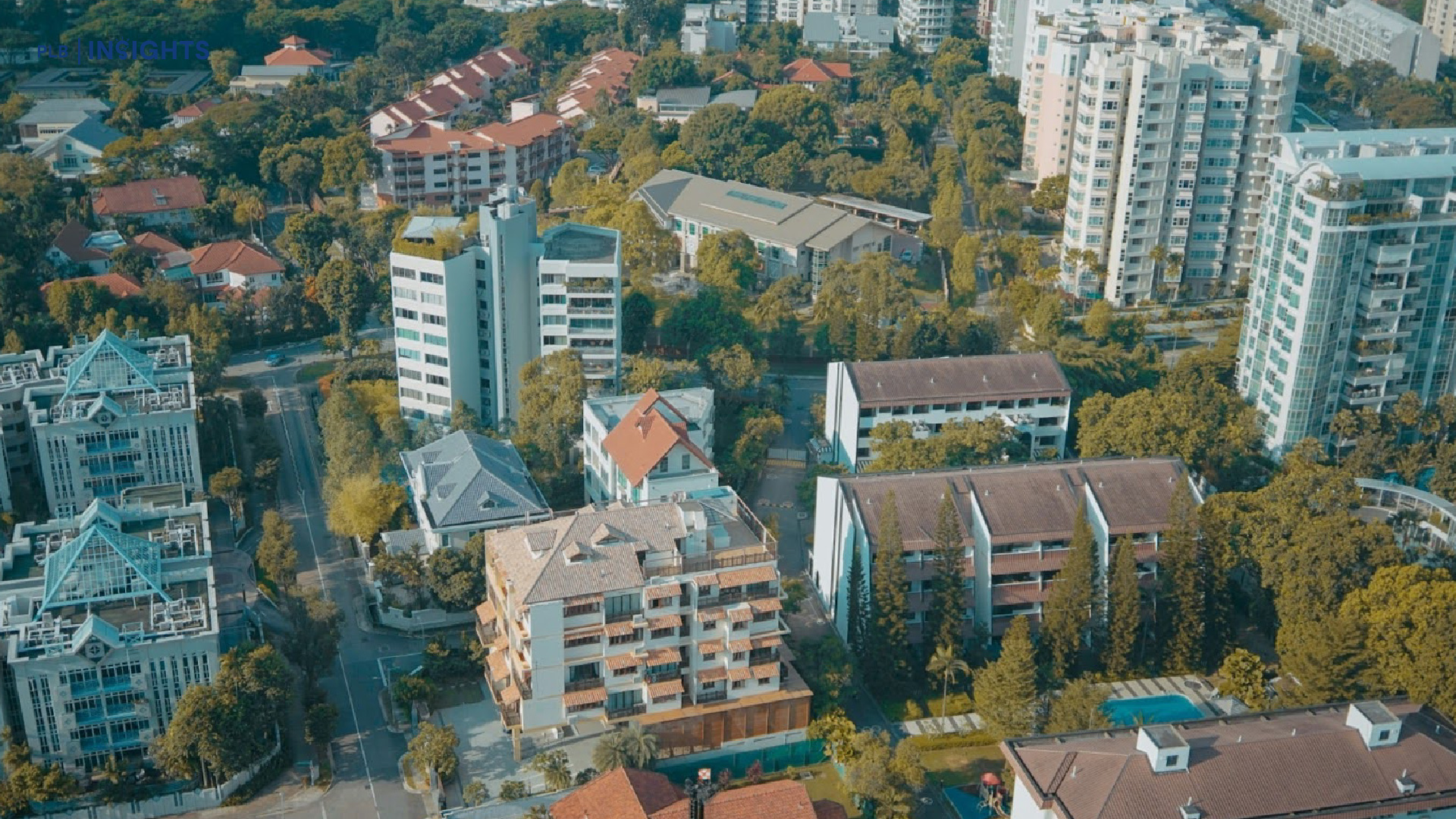
We have always known Singapore to be a small country by land size, and yet when the time comes for us to purchase a property, there still seems to be a wide variety of options for us to choose from. Deciding which property to buy can be a tall order to fill especially with so many factors in play, ranging from the property’s location to the facilities in the development and even to the facade of the building, the list goes on. To help you keep a clear head and make an informed decision, we have put together six criteria that you might want to keep in mind when viewing or buying a property here in Singapore. Watch this episode of PropertyLimBrother’s #InvestorsSeries, or read on to learn more!
Convenience
You might have come across the famous phrase, “Location, Location, Location” while learning about real estate in Singapore – which essentially is trying to convey the message that location is key when purchasing a property. Breaking this down further, one aspect that makes location an important factor to consider is the convenience that a good location will bring you. How then do you assess whether a property will indeed bring you the added convenience that many yearn for?
For starters, you might want to look at whether there are any public transport nodes near the property, such as an MRT station, bus interchange or bus stop(s). Having these amenities near you will enhance your accessibility to various parts of the country, making it easy for you or your tenants to commute to the workplace, schools, and key places of entertainment – a perk that most will never complain about.
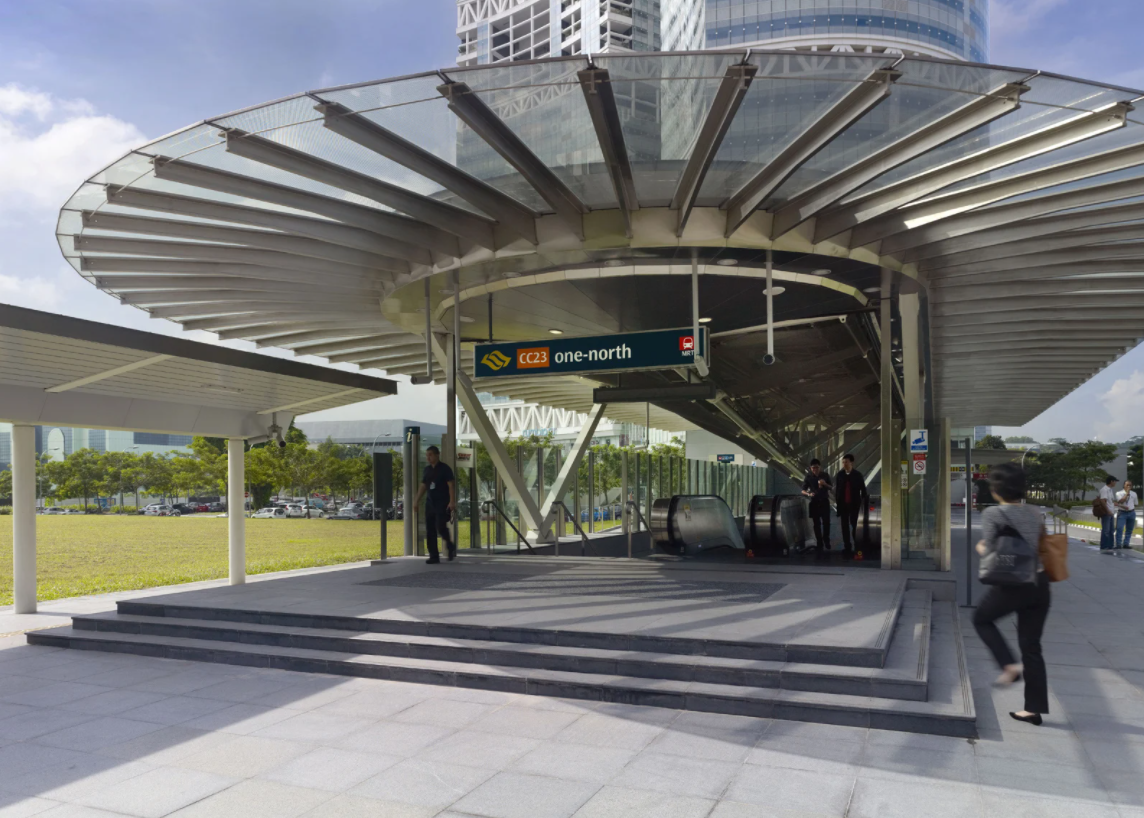
Image courtesy 99.co
On this point, you might also want to take note of the walking distance between the transport amenity and the property itself. Admittedly, what constitutes ‘near’ varies from person to person, but as a general guideline, a 500m-600m distance will safely allow you to stroll over before you start sweating buckets under the sweltering sun.
Besides transportation, other major amenities that could serve convenience to the residents include supermarkets, food hubs and schools – the list is not exhaustive and is very much contingent on your needs and wants.
Just a tip, when you are headed for a viewing, it might be worthwhile to take some time to walk the ground so as to get an accurate idea of how near or far an amenity is from the property. Online tools might give you a good gauge of the approximate distance, but they might not have captured alternative pathways or shortcuts that could significantly shorten the actual walking distance.
Upkeep of the Development
After getting an idea of the surrounding amenities, the next criteria to look at will be found in what you are paying good money for – the property itself. To put things into context, we will be talking about the upkeep of the property/development.

Image courtesy Unsplash
Since you are shelling out a good amount of money for the property, you would want to ensure that the building’s facade, landscaping, structure and facilities are all in proper condition. Understandably, the building is bound to be subjected to wear and tear over time, but that is no excuse for a condo to be looking like a complete dump. This is all the more so when you will be paying maintenance fees to the condo’s managing committee (or more commonly referred to as the MCST), who is responsible for using the funds to keep the property in good working condition.
On top of not getting your money’s worth, some other repercussions of a badly-managed condo include: 1) a negative living experience (think elevators breaking down frequently or coming home to an unkempt and overgrown garden area that is reminiscent of a jungle); 2) the condo looking older than its age, which may affect resale value down the road and also unsurprisingly, making it difficult for you to rent your unit out; and 3) to a certain extent, posing safety hazards to the residents.
Breakdown of MCST Fees
On the topic of MCST, the next criteria you might want to pay attention to is the breakdown of the MCST fees, or in other words, the things that will be included as part of the maintenance fees’ calculation.

Image courtesy Pexels
To further elaborate on this point, let us talk about carpark lots as part of the fees’ calculation. For most condos, the carpark lot should be included under the maintenance fees. However, that might not necessarily be the case for smaller-sized developments.
This exclusion of the carpark lot from the maintenance fees could then be a double-edged sword – it will be to your advantage if you are planning to rent the unit out to a tenant who does not drive as this means that you will not have to worry about paying for a carpark lot that will never be utilised; while the downside will come into play if you are purchasing the property for your own stay as you will then have to incur extra on top of the regular maintenance fees just for the carpark lot.
Hence, the implication here is that it is absolutely critical to understand the objectives of your property purchase and how the MCST fee breakdown will possibly fit into your overall plan. This is to prevent incurring unnecessary expenses that could add up in the long run.
Total Number of Units in the Development
While we recognise that not every resident will use the condo’s facilities, the number of units in the development can still serve as a pretty good basis to determine the estimated frequency and intensity of the facilities’ usage, which in turn might have an impact on the residents’ lifestyle in that particular development.
Carpark Lots
No doubt, this will be more applicable for residents who own a vehicle. What you want to take note of here is the carpark lot to unit ratio. For instance, a development of 500 units with 470 carpark lots will have a ratio of 0.94 (470 lots divided by 500 units). A higher ratio is always more welcomed as this suggests that lack of parking spaces will likely not be a cause for concern for the residents, whilst the converse applies to developments with a lower ratio.
On a side note, something interesting concerning this point is that developments with a lower car park lot to unit ratio tend to be meant more for investment purposes (for tenancy/renting out), as opposed to being a primary residence of stay. The rationale behind this is that tenants are less likely to be driving, and the developers have probably taken this into account when deciding on the number of lots to be constructed.
Spread of Facilities
The question we want to ask ourselves here is whether the variety and number of facilities can sufficiently cater to the needs of the residents in the development. You do not want to be in a situation whereby you often face difficulties trying to book that one BBQ pit, or where there is simply not enough space and equipment going around to clock your regular gym workout. With more units, there will also be an increased need for more facilities.
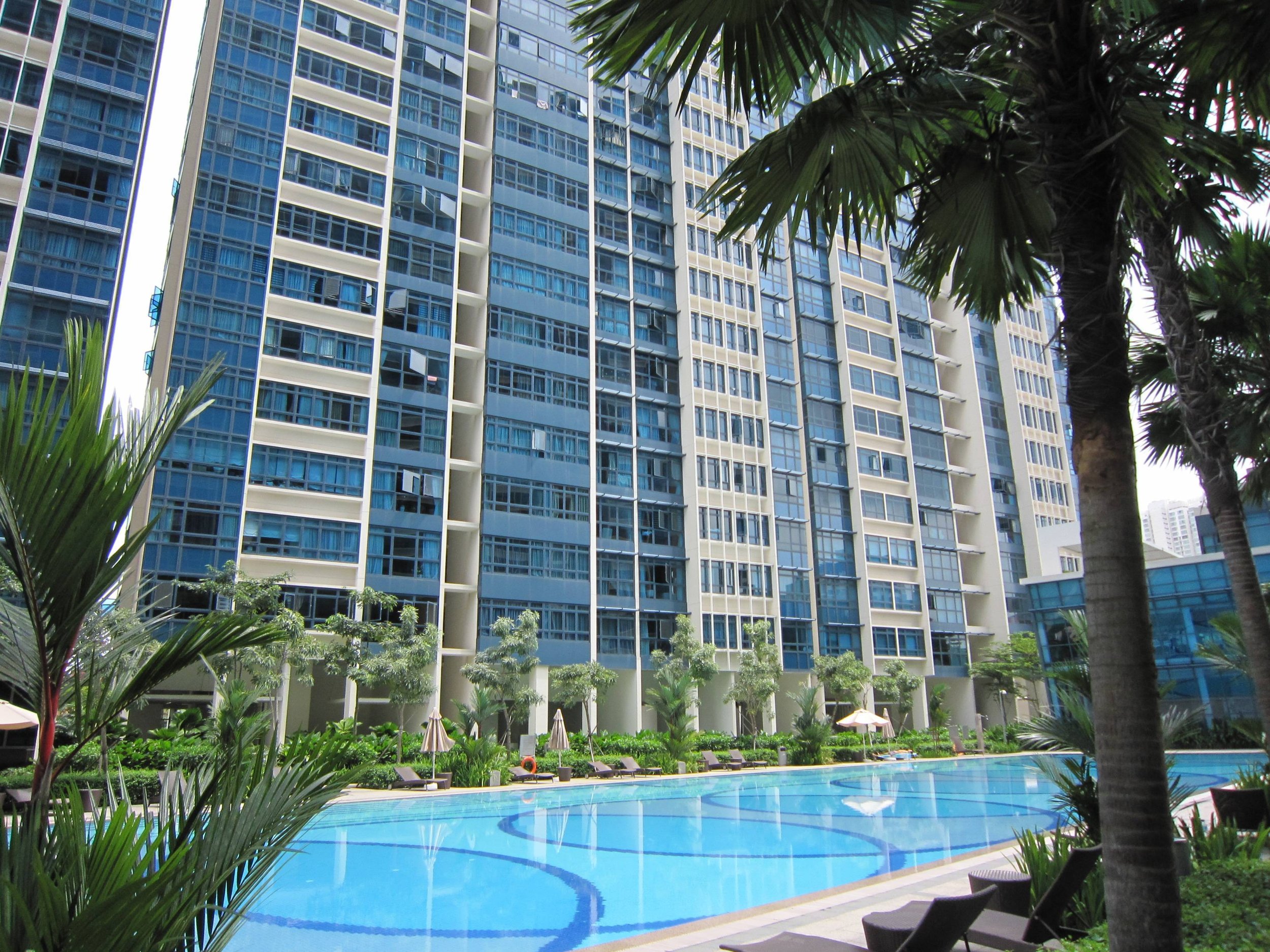
Image courtesy 99.co
There is no hard and fast rule as to what constitutes a good number of facilities; but one possible way to determine if there exists a problem of over-usage of facilities in a resale condo is to arrange a viewing on peak periods such as weekends to observe the level of usage of the facilities. For new launch projects, you can play it safe by going for mega developments (i.e. with more than 1000 units) as they typically have the luxury of land space to build more facilities, or projects that have 80 per cent of their land plot space allocated for shared facilities.
Noise and Crowding
Needless to say, noise and crowding are something that you would have to accept as part of the equation if you are planning on going for a project which houses more units and residents.
Besides the unmistakable fact that more people generally equate to higher noise levels, larger projects with a variety of facilities also tend to attract families with young children whose playtime at the pool or the playground can contribute to the noise levels as well. On the other spectrum, smaller-sized projects with a smaller number of units tend to come with more serenity and privacy, at the cost of having limited facilities.
Distribution of Units on the Level
Distribution of units on a floor level might potentially affect your waiting time for the elevator. For instance, in a block with ten units sharing two elevators, you can expect an average ratio of five units to one elevator; while in another block with only four units sharing two elevators, there will only be an average of two units sharing one elevator – cutting down the waiting time significantly.
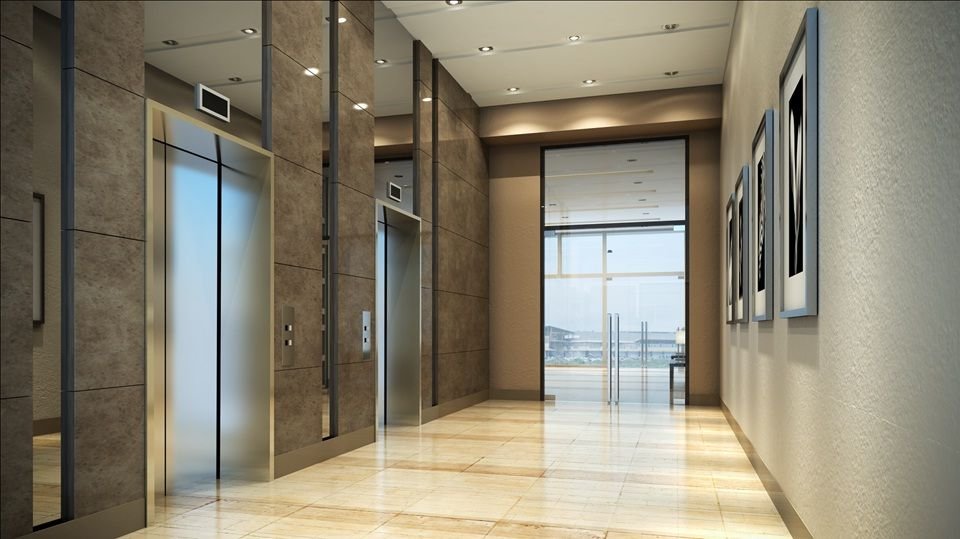
Image courtesy Braun Elevator
The number of units on the floor level will also affect the intensity of the corridor usage, and consequently, influencing the level of exclusivity and privacy your unit will get to enjoy.
Occupancy Rate of the Development
Occupancy rate is the percentage of units in the development that are currently occupied. A low occupancy rate could give you some early indications of possible red flags in the development, such as low rental demand, lack of amenities in the surrounding area, or having to live with road noise from the nearby expressway, just to name a few.
To be sure, there is no harm striking up a conversation with the residents there to obtain more information, or you could also rely on your agent to do the due diligence for you.
Closing Thoughts
Purchasing a property in Singapore is one of the biggest decisions one will have to undertake in his entire lifetime, and it is vital that all factors be considered carefully before committing to one. We hope that this piece has helped you form a clearer idea of some of the things to take into account when you go for a viewing and before you make the purchase!
Should you need further advice for your property purchase journey, feel free to get in touch with the PropertyLimBrothers team, and we will always be happy to help.
If you have enjoyed this piece, we think that you might also be interested to check out our past article, Where should I buy for property investment — districts, area, types of condos and more.
P.S. This article is written in conjunction with our #InvestorsSeries on Youtube. We drop nuggets of wisdom for you to learn more about Singapore’s property market! From frequently asked questions to market analysis, we will take you through them all with the PropertyLimBrothers team.





